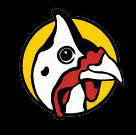This workshop was put together for the 2015 Mother Earth News Fair.
You are welcome to read, enjoy and hopefully learn something new.
My name is Sharon Dodds and I am the owner and trainer of a guinea hatchery named Sandshaven. We are located in Lackawannock twp. Mercer, PA.
Today I am here representing the Guinea Fowl International Association which is a non-profit organization based in Texas. The GFIA has been serving the needs of guinea fowl keepers from all around the world since 2006.
I myself joined in 2011 and was nominated Publicity Director in 2014.
I’ve learned a lot about guineas over the years. Spending numerous hours working and training them. And I am here to say guineas are not stupid. They are able to be trained.
Our guineas will come to bells when called. They are trained to go in and out of cages and to be herded with herding sticks. They are trained to go to their coop at night. We even use our guineas for therapy.
When it comes down to it guineas are amazing!
And their feathers are simply beautiful.. Helmeted guinea fowl come in 8 different colors with 100’s of variations of those colors. To learn more about the colors that guineas come in and how to identify them.
Please sign up for our 10th annual conference tomorrow where Dana Manchester will be sharing his knowledge on the topic of Guinea Fowl Colors 101.
Now I am here to cover the basic care & training of your guinea fowl. As well as the benefits. And since a lot of people start their flocks out with keets.. I figured where better to begin.
There are many ways to raise keets. Some people use brooders, others will use different breeds of chickens and some people actually use their guinea hens.
I myself have never had luck with my guineas hatching and raising keets. But I will admit we don’t have the proper set-up for doing so. And we do not own any other kind of poultry.
So we use the brooder method. Now there are a few members here that do raise keets with chickens or guinea hens and I am sure they will answer any questions you may have before the end of this workshop.
I am going to share how we care for our guineas at Sandshaven. We use more of a hands-on approach.
Like I said we use brooders and brooders are made of many kinds of materials. Cardboard boxes, plastic totes, wooden crates, kiddie pools, old bathtubs...
The list goes on and on...
We use a modified dog cage for our brooder. We actually flip it over leaving the top open for better access & ventilation. Adding 3 plastic sides to keep down drafts and provide a little security.
We wrap the front of the cage in 1/4" hardware cloth. We like the cages because they are easy to disinfect and store.
It is best to have the brooder ready before bringing home your keets. Place your brooder in a draft free area away from windows and heater vents.
We use an infrared heat lamp. (Infrared bulbs help promote healthier sleep patterns.)
We adjust the temperature of the brooder by moving the light up and down the post.
Guinea keets require being kept at 95°F for the first week. Dropping 5°F each week there after till fully feathered.
A guinea is not fully feathered till they are at least 6 weeks old.
Besides the brooder & heat lamp you will need a thermometer, a feeder, and waterer. A mirror is always a good idea also.
When your keets are little they require non-slip flooring. We like the rubberized shelf liner but we have also used paper towels.
Stay clear of newspaper since it is actually really slippy.
We always use a water nipple bottle. I would not own poultry without them... But for those who do not, place small pebbles or marbles in the water dish so the keets don’t get wet or drowned.
When we first place our keets in the brooder we introduce them to warm water with vitamins and electrolytes. We sprinkle a small amount of food on the bottom of the brooder when they are real little.
It seems to help them start to figure out to what eat.
We start our keets on a Gamebird and Turkey Starter. We always use a starter with a 24% to 28% protein level.
We start training our keets as soon as we get them. Training them to use a water nipple is our first concern. We accomplish that by tapping the nipple numerous times during the day.
Keets catch on pretty fast and usually have it mastered by the first or second day. But don’t stop showing them till you hear them tapping it on their own. If you can get one to use it you will get them all..
Monkey see, monkey do...
During the first few weeks we start to socialize and gain the trust of the flock by spending quiet time letting them check us out.. Try not to freak your flock out by chasing them and picking them up a lot at first.
They are on the wild side and patience means a lot with these little guys. If you take your time soon they will be coming to the front of the cage to greet you.
Always train your keets as the flock you want them to be. Guineas are flock birds and if you want them to act as a tame flock that’s the way they need to be trained.
If you train only one or two you will find it will not work well. The trained ones will either revert back to wild, which is their natural instinct, or they will be shunned for being different from the rest of the flock.
So please train them all.
We like training with bells. We always use the same bells and treat cups. We like the idea of bells because everyone can ring a bell. Which is very convenient when you wish to go on vacation.
Or something happens to the regular care giver... Like, bad health, an injury, a new baby, work, school, etc...
We use white millet and mealworms during training sessions. But any treat your guineas like will work.
As your keets grow so must their brooder. We move to a larger cage when they are about 2 weeks old.
Adding a couple branches and switching over to a hanging feeder. We still use a water nipple bottle that we adjust as they grow.
We also change their flooring to a thick layer of pine chips. *Please NEVER use cedar chips* Cedar is not good for your guineas.
At this time we add a dish of chick grit.
At 2 weeks we start to interact more with the keets. Hopefully at this age your keets are more comfortable with you and they come to the front of the cage.
We start by hand feeding small pieces of dandelion greens and grasses. At this time we start to introduce the treat cup and bells.
We fill our treat cups up with white millet. We use the bells to call the keets from the back of the cage to the front... Each time they come for you... Give a treat of millet.
Then shoo them back in so you can call again with the bells. Once they get used to your hand filled with seed.. Now you can start to touch them.
When you first start to touch them always start to pet them with the back of your fingers. Like I said before, they are not stupid and realize you can grab them the other way.
Soon you have their attention and you can start to work on small tricks.. Like landing on your arm when asked for a treat.
Please keep in mind that they will grow big and grow fast.. Never train them to land on a part of your body that someday you will regret like your head, shoulders or back.
And always make sure it is on your command.
When they are around 4 weeks we start to work on going in and out of cages. This is helpful if you ever want to catch them.
It is also helpful if you ever want to take them to a show or exhibit.
Once ours get used to going in and out we start to use the cage to move them out to the playpen.
Our playpen is a 12' x 12' dog kennel wrapped with tarps and hardware cloth. Since guineas grow so fast it is a good idea to give them plenty of room to play.
It is important that they can exercise. To let them stretch their wings and fly... To let them jump and run around.
At 8 weeks old we start to switch them over to a Gamebird & Turkey Grower. We will feed them the grower till they are around 22 weeks old.
When they reach around 14 weeks we up their grit to a grower size grit and we start to offer an endless supply of oyster shell. We still give treats during training..
Along with greens, fruits and mealworms.
When they get old enough we move them to the big coop. If they are your first flock it is simple.. If you have other birds you will have to introduce them slowly.
We have found it is best not to introduce new birds into your flock during breeding season. So we try to introduce new birds either in the early spring or fall.
Your coop can be made of many kinds of materials, shapes and sizes. A good rule to live by is 3 to 4 square foot per adult bird. Your coop should be dry and free of drafts.
We don’t like to insulate or heat our coop.. But some members do. We use heated waterers during the winter months. Guineas do like to roost up high but I know guineas that live in short coops also.
It is nice to have a run for your birds to get fresh air and to hang out in when free ranging is not possible.
When building it keep in mind that it needs to not only be strong enough to keep your birds in but to keep predators out.
How to tell the sex of a guinea? The sure fired way is by the buckwheat sound she will eventually make. Male guineas can not make that sound.
Most guinea hens are buckwheating around 8 weeks old.
Even though some guinea girls can start early around 4 to 5 weeks. Some guinea fowl experts can tell by the actions of the birds. Males have a more erect stance to their stride and behave slightly different than females.
When a guinea reaches full maturity a female guinea can get a nice bustle which the males do not have. As far as, wattles and helmets go...
They have nothing to do with the sex of a guinea.
Guineas can start laying as soon as 14-15 wks of age, but typically most guinea hens will start laying the spring after they were hatched. A lot depends on the temperature and the increase of daylight hours.
Here in PA our hens usually start in the month of April. Guinea hens are seasonal layers and they normally only lay spring thru fall,
but occasionally some young hens will lay a few random eggs in the off season.
Or will lay in the fall of the same year they were hatched. An adult guinea hen will lay an egg a day once the season starts.
Guineas hens can lay in all kinds of places. In the coop is the best place. Most guineas don’t use a laying box but prefer to lay on the floor in the corner. We always lean a board up for some privacy.
At around 22 weeks we switch our guineas over to a Gamebird and Turkey Finisher / Maintenance feed. Like always we do the switch gradual. Now this is when a lot of people switch over to chicken feed, if they have chickens.
I stay with gamebird feed since we do not. I feed plain maintenance during the off breeding months but I do add an egg producer feed during breeding season.
We now switch over to an adult grit and we still supply endless oyster shell. We also offer all the greens, fruits and treats, as before, along with clean fresh water.
Adult guineas are pretty easy to take care of. They are flock birds so they do have a pecking order. Once that is established guineas seem to be able to live in a sort-a peace even with multiple males.
They still chase and carry on during breeding season. But it is uncommon for males to fight to bloodshed. There is no doubt the females are noisier of the two because of their "buckwheat" call.
So if you have concerns about them bothering neighbors consider getting a flock of males. With no females to stir their hormones guinea males get along wonderfully.
Guineas will get bored so it is a good idea to give them things to play on or play with. Rocks, hollow logs, mirrors, wind chimes and large bird toys will help keep your flock entertained.
Guineas enjoy and actually need to dust bath. Dust bathing keeps down pests such as lice and mites. It also helps to keep their feathers clean and flexible by absorbing the oil that the bird secretes.
It is a good idea to have tame guineas when it comes to health checks or injuries. We like to be able to inspect our guineas to ensure that they are healthy.
And we love that we don’t have injuries when we are finished. We also love that our guineas are not traumatized.
Pick up a guinea by holding its wings against its body... Please do not pick it up by its feet! Unless, you are trained to do so.
Warning: Untamed guineas can be a handful & harmful to your health.
If you do have a concern about their health or you wish to enter them in a fair you can always have a CPT or Avian Vet blood test your birds.
Blood testing guarantees if your bird has any kind of dangerous or contagious bird diseases.
One thing we haven’t touched base on and that is the importance of keeping everything clean and disinfected. The cleaner you keep their coop, feeders and waterers the healthier your birds will stay.
If you start early and continue through their lives your guineas will be used to you rearranging and fluffing chips... Which does help greatly when gathering eggs.
We practice strict bio-security.
Remember: Clorox is a great disinfectant! But please always rinse well.
We start to free range our guineas when we are sure they are trained well enough to come when called.. We always watch ours when we first start letting
them out to make sure they know their boundaries and to help guide them where we would like them to range. Keep in mind they have to be taught what is expected of them or they will not behave without your guidance.
But if you are not sure whether or not they will return. A good trick to follow: Only let out a few at a time. Since they are flock oriented they won’t leave their cooped friends.
It is a good idea to teach them to always return to the coop... We find that a light helps tremendously since guineas do not see well in the dark. We have our lights on timers.
Our white lights turn on at dusk. Then we have a red one that turns on about 15 minutes before bedtime. Then the white ones shut off. The red light will stay on till morning.
Using a red light doesn’t mess with their sleep pattern and it keeps them from breaking their necks during the night in cases of night fright.
When breeding season starts in the spring, so does the chaos... Even after spending the winter cooped together male guineas will start to chase,
tail pull and down right fight trying to figure the ranking order and their breeding rights. Some guineas will mate numerous hens during the season and some will stick with a single mate..
And for the males in the lowest positions they may not get to mate at all. It just depends on the male and his place in the flock.
Most male guineas do not usually fight to bloodshed and I have never seen one fight to death. Guineas are not like roosters.
With breeding season comes fertile eggs... And fertile eggs usually leads to hatching them. At least for me... Now some people use broody chickens and some will let their guinea hens do the job.
I hatch with my incubator. I am a proud hatchaholic...
Eggs should be gathered at least once a day. The more often you pick up eggs the cleaner they will stay.
We store ours in the basement but I know lots that just store them on the counter. Always store them pointy end down. And rock them a few times a day while you're gathering.
You can store eggs up to about 2 weeks, if done properly. When you've collected what is needed to fill your incubator bring them up for about 24 hours so they can reach room temperature.
And if you have them sent let those eggs also rest 24 hours before incubating.
We don’t write on our eggs like most people do... We don’t like the idea of the ink that could absorb into the shell. We like using an egg chart so we have records of the eggs we hatch.
Fill your incubator and set your temperature to 99.5 degrees. You will want to set your humidity to around 48%. It will take your eggs 28 days to hatch.
On day 25 lock down your incubator.. Raise your humidity to 65% to 70% and open your air vents.
Do not open the incubator when eggs are hatching or you may shrink wrap your keets.
We use Egg Charts to record the development of the eggs during incubation and the date & time of hatching.
When your keets hatch let them dry well before you remove them. Keets can live a few days on what they absorbed from their egg.. So please don’t worry that they will starve.
Well... we have come full circle.. You are ready to go back to the beginning and start all over again.
Warning: Guineas are Addictive!
Now let's list their benefits..
Guineas love to eat ticks... Ticks are bad!
Enough said...
They also love to eat a large number of bugs and creepy crawlers. As well as, nasty weeds and weed seeds that they will find in your yard.
They can even help in your garden but you do need to supervise.
They will kill and eat mice, moles and small rats.
They will kill snakes.
Guineas are feathered watchdogs.. They will warn you and your other farm animals when there is danger... They will even alert you when a stranger is about.
Anything that is unusual or out of place they will tell you about.
Guineas are actually better than the dogs because they seem to see everything.
Guineas have beautiful feathers that can be used for jewelry, crafts, & accessories. And your guineas will donate them twice a year during molting season.
Guinea eggs are tasty... They are a little smaller than your normal sized chicken egg and they have a harder shell but they taste as good if not better.
The guinea fowl bird themselves are compared to pheasant and are all dark meat. I have to admit I have tried their eggs but I have never had a guinea make me mad enough to eat.
And if you ask a guinea they will advise you eat Chicken... Turkey... Duck... or Pheasant... anything but Guinea!
Guineas are hours of Entertainment & Fun!
The GFIA will be here all weekend.. You will find us in the Livestock Tent Booth #8305.
We will be doing off-stage demos on Crafts with Guinea Feathers and Candle Live Guinea Eggs
Join Us for our 10th annual conference where we will enjoy 2 wonderful speakers.
We will be at the Chestnut Room 3rd floor of the Convention Center
Matthew Lamanna speaking on The Origin of Modern Birds
Dana Manchester speaking on Guinea Fowl Colors 101
Anatomical drawings of a Guinea Fowl.. Drawn by: Alice Harvey Commissioned by: the GFIA Copy written by: NCState 2014
I hope you enjoyed our 2015 workshop. See you all at the 2016 Mother Earth News Fair.
September 23-25, 2016
Seven Springs Mountain Resort
777 Waterwheel Drive
Seven Springs, PA 15622
Where I will be hosting a workshop:
Understanding and Training Your Guinea Fowl Flock.
Save the Date!
Want to join our team?
Become a GFIA Member today!
If You Wish to Contact Us Please Message, Sharon & Scott @
sandshaven.
Have a Great Day!
* Home * About Us *
Barnyard * Gallery *
Photography *
Shoppe * Links *
Woodlands
* Contact Us *
Copyright © 2002-2025 Sandshaven All rights reserved 



































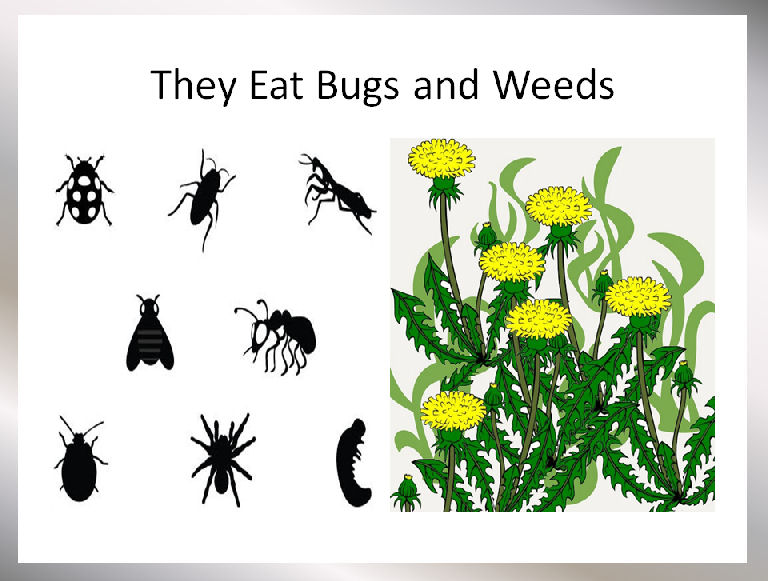

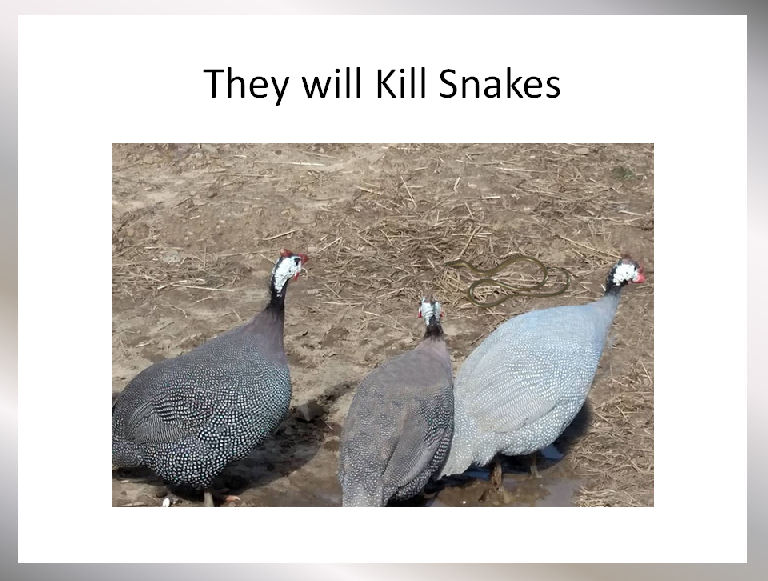
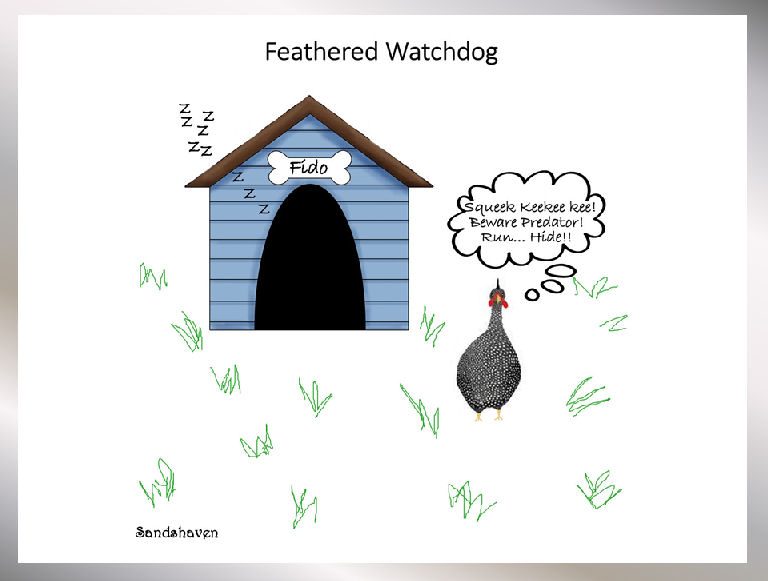




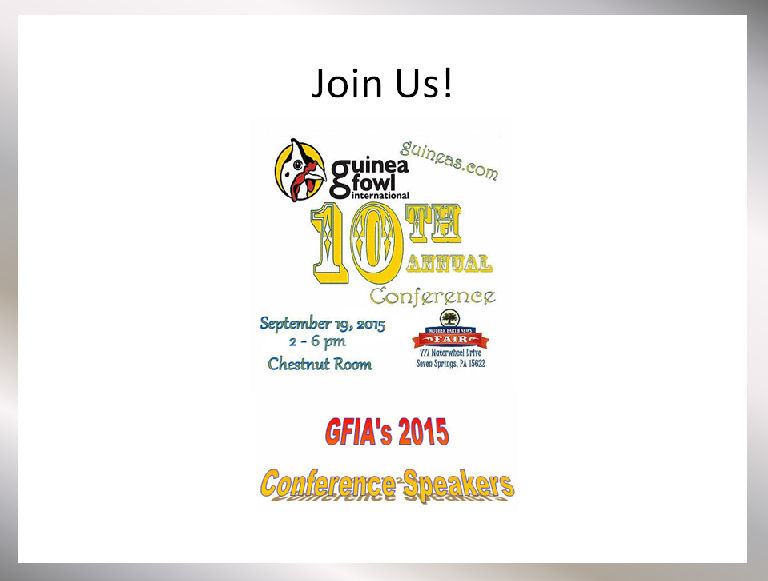

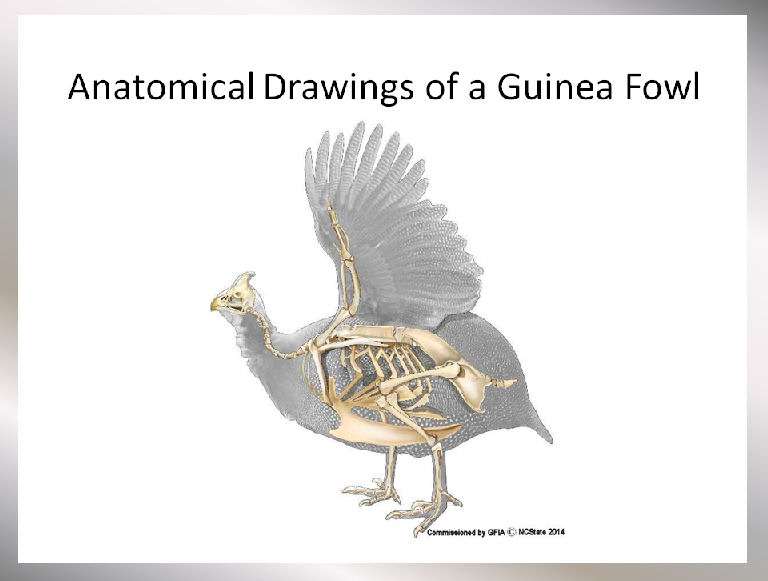

* Hatchery * MEN's Fair
* GFIA *


